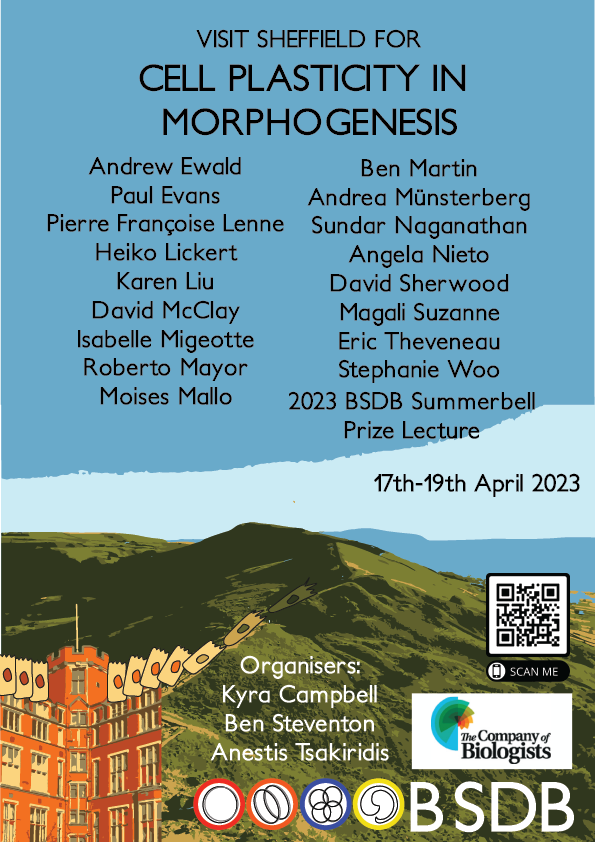Tamina Lebek – the new Graduate Representative
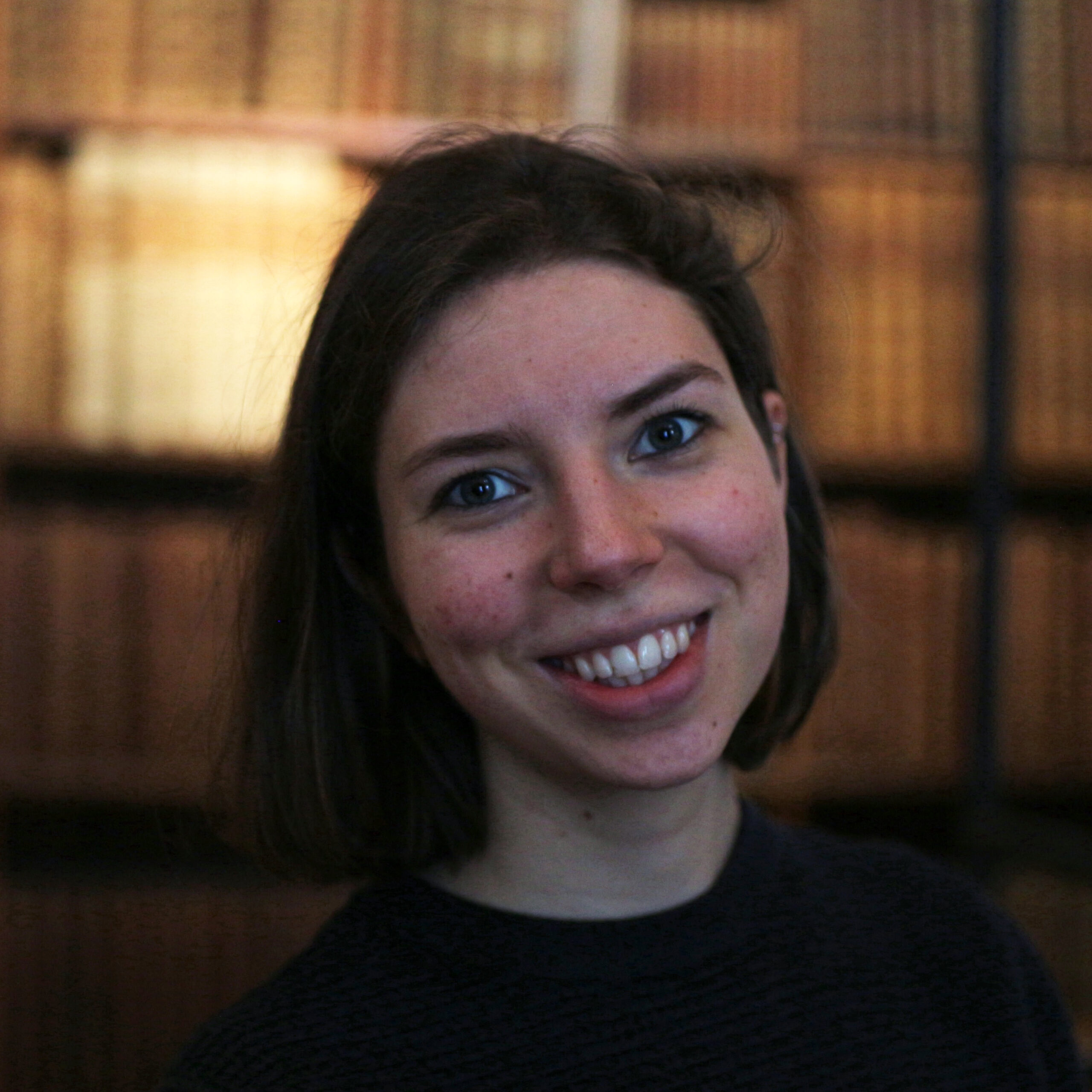
I am very excited to join the BSDB committee as the new Postgraduate Representative taking over the great work of Lara Busby.
In 2020, I moved to Edinburgh for my PhD after completing my BSc and MSc in Biology at the TU Dresden in Germany. During my MSc I had the opportunity to do my 7-month research project at the University of Aberdeenwhere I first got to know the UK research community and decided that I want to stay. I am very grateful to now be part of the Wellcome Trust PhD programme in Integrative Cell Mechanisms at the University of Edinburgh working in the labs of Sally Lowell and Alistair Elfick.
In the past, I was part of research projects that focussed on cancer cell physiology and how we can manipulate it. But during the lab rotation at the beginning of my PhD, Mattias Malaguti, who is a postdoc in the Lowell lab, introduced me to mouse embryonic stem cells and showed me how we can use them to model aspects of development. This was so intriguing to me that I chose to do my thesis project in the Lowell lab and continue working with pluripotent cells. Since then, I have developed a keen interest in understanding how cell autonomous effects and collective behaviour come together during development to form a complex organism. To address this question, I am developing a new neighbour labelling system that utilises fluorescent proteins to distinguish cells of interest and their neighbours from every other cell that is not part of the neighbourhood.
Since 2021 I am one of the postgrad student representatives at the Centre for Regenerative Medicine, and a year ago, I became a co-lead representative for our School of Biological Sciences. I very much enjoy this multifaceted role where I can interact with many different students and support their postgrad studies, organise social events and workshops, and be involved in university politics. I look forward to joining the BSDB committee with the same enthusiasm and hope to strengthen the connection between students and the BSDB. Please do not hesitate to contact me with any questions or suggestions.
Veronique Azuara
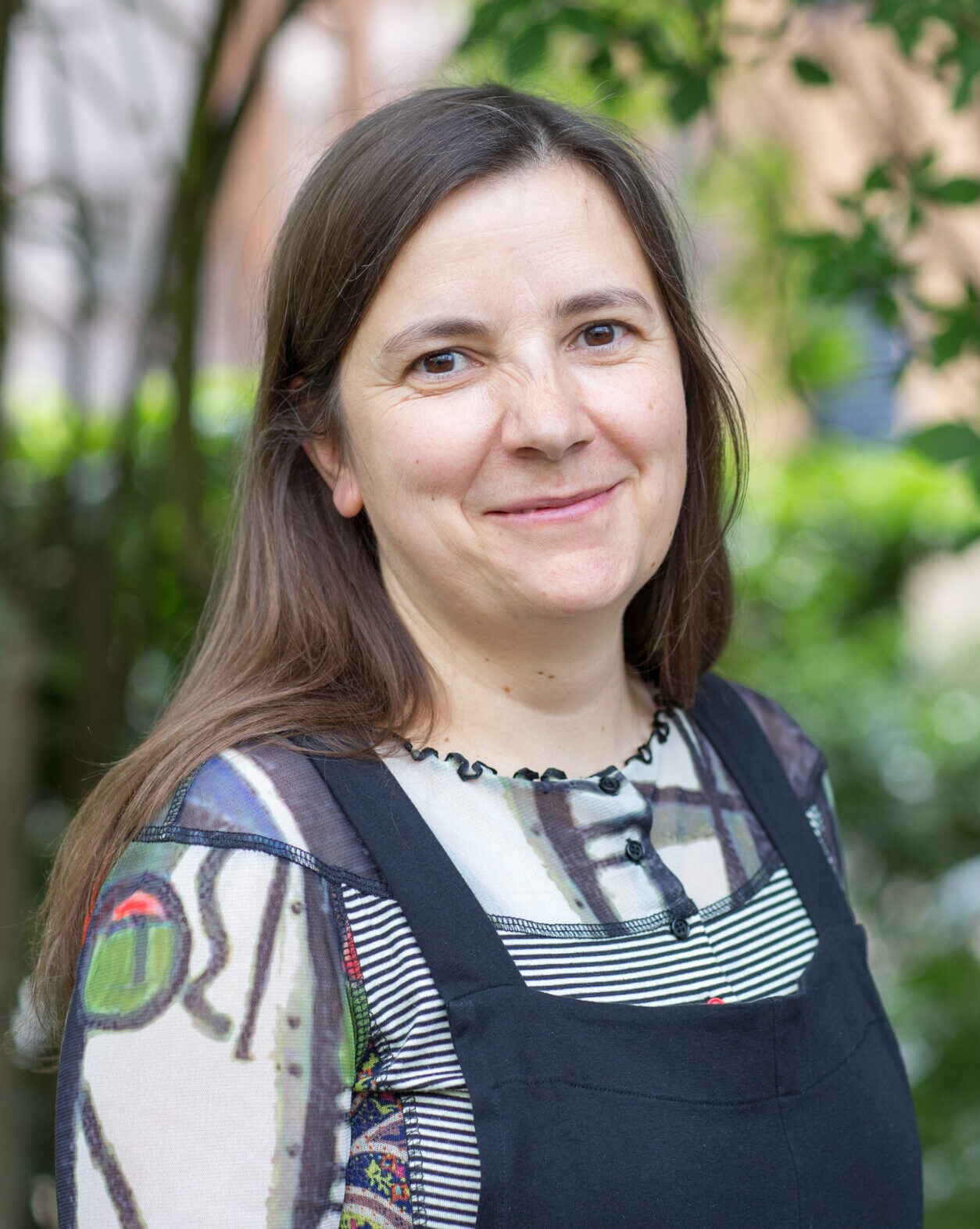
Véronique is Reader of Stem Cell Biology at Imperial College London, Faculty of Medicine, and an Associate Member of the Development and Stem Cell Interest Groupat the Francis Crick Institute.
She is originally from Paris where she obtained her PhD for work on the molecular genetics of lymphocyte development at the Institute Pasteur. She then crossed the channel and joined the MRC London Institute of Medical Sciences in the group of Amanda Fisher. Here, she explored as an MRC Postdoctoral Fellow how chromatin ‘shutdown’ contributes to lineage restriction and maintenance of cell fate identity through development. Notably, her work in embryonic stem cells, among others, pioneered the discovery that many inactive developmental regulators carry bivalent chromatin structure being enriched for repressive marks and indicators of active chromatin. This bivalent marking is proposed to prime lineage-specifying genes for future activation yet prevent their premature expression through Polycomb-mediated repression.
In 2006 Véronique started her independent research group at the Institute of Reproductive and Developmental Biology of Imperial College London supported by an MRC Collaborative Career Development Award in Stem Cells and a BBSRC New Investigator Award. Her group has since focussed on understanding how cell potency and specification are balanced in stem cells and in the developing mammalian embryo. In the early embryo, this implies unravelling how cell heterogeneity arises, how pluripotency is achieved and safeguarded while promoting the formation of two essential extra-embryonic tissues for embryo survival and patterning. Combining in vivo studies with embryo stem cell models, her group pursues a multi-disciplinary and collaborative approach to address these questions from transcriptional and epigenetic perspectives. Most recently, the group uncovered a previously unrecognized link between lipid metabolism and the remodelling of the pluripotent embryonic tissue in peri-implantation mouse embryos, with a specific focus on lipid droplet biology.
Throughout her journey, Véronique developed an active and genuine interest in developing others as a caring group leader, a college-wise champion for early career researchers as well as acting as lead in research culture for her department.
Vicki Metzis
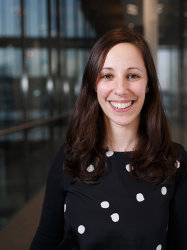
Vicki is an Advanced Research Fellow and Wellcome Sir Henry Dale Fellow at Imperial College London.
Vicki completed her PhD in the lab of Carol Wicking at the University of Queensland, Institute for Molecular Bioscience, Brisbane, examining the role of Hedgehog signalling in craniofacial morphogenesis.
Vicki then moved to London to undertake postdoctoral training in the lab of James Briscoe at the Francis Crick Institute where she developed expertise in the use of embryonic stem cells as in vitro models of development. Here, she made major contributions to our understanding of how cells adopt a spinal cord identity during development, updating textbook views on nervous system regionalisation. In recognition of this work, she was awarded the Young Embryologist Network medal in 2017.
In 2020, Vicki was awarded a Sir Henry Dale Fellowship from Wellcome and The Royal Society and established her lab at Imperial College London. She heads the Development and Transcriptional Control groupat the MRC LMS, based at the Hammersmith Hospital Campus. The group employs experimental and computational approaches to examine the molecular events that impose regional identity in the body plan.
The BSDB annual meeting represents the flagship meeting of developmental and stem cell biologists in the UK and Europe. In joining the committee, Vicki is delighted to play a part in supporting and promoting the outstanding science from across the community, in addition to promoting equality, diversity and inclusion.
David Turner
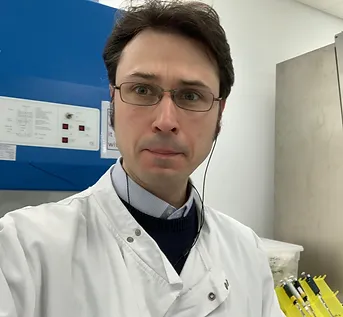
David is a group leader and lecturer in Stem Cell and Developmental Biology in the Institute of Life Course and Medical Sciences at the University of Liverpool.
Following on from his BSc in Pharmacology, he was taken on as a PhD student in Prof. Mike White’s lab in 2006 where his interests were kindled regarding the dynamic nature of proteins and cellular heterogeneity. The focus of his PhD was on using time-lapse microscopy to study how NF-κB dynamics can control cell fate. It was here where he learned how using mathematical models iteratively with experimental observations are key approaches in biology.
In 2011, he made the transition to developmental biology, joining Prof. Alfonso Martinez Arias’ group in Cambridge. He used his background in cell dynamics, heterogeneity, and live-cell microscopy to study how mouse embryonic stem cells (ESCs) choose their fate, focussing on the decision to either remain pluripotent, or choose a primitive streak-like fate. Whilst in Cambridge, his work made the transition from a purely 2D approach to using 3D organoids, which became known as gastruloids, to understand the mechanisms of symmetry-breaking, axial specification, and cell fate during early development. This was continued through his NC3Rs David Sainsbury Fellowship to probe the mechanisms of left-right symmetry breaking.
In 2019 he started his own group in the University of Liverpool where he uses both 2D cell culture and 3D gastruloids, coupled with mathematical modelling, to uncover the mechanisms involved in axial patterning and morphogenesis.


